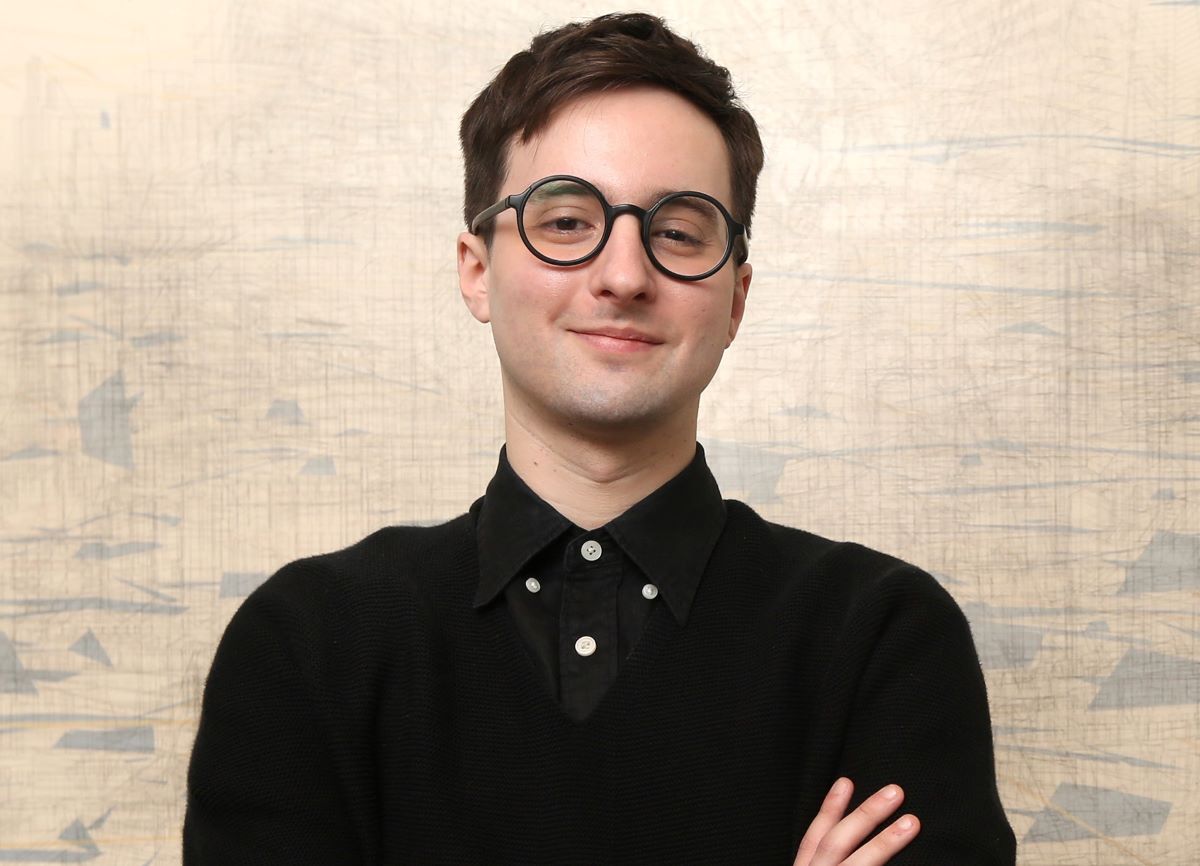A look into Modern African Art with Dr. Álvaro Luís Lima

With an influx of faculty to the College of the Arts, students have increasingly new access to a variety of expertise and disciplines.
In the School of Art + Art History, new faculty are adding to an already strong program. Dr. Álvaro Luís Lima, a new assistant professor in African art, joins the school’s ranks to contribute to a well-established history of research in art from Africa.
After earning his Ph.D. from Columbia University in the field of art history, Lima decided to join the University of Florida School of Art + Art History as an educator, in hopes to inspire future generations of artists and art historians to keep African art research alive and relevant in today’s society.
While pursuing his bachelor’s degree in art history, Lima took a modern and contemporary African art course marking the beginning of his career as an Africanist. He quickly realized that African art incorporates many of his interests, such as topics of gender and sexuality. Ever since, he’s been hooked and decided to turn his passion into a career.
“Modern African art covers the turn of true independence in African countries,” Lima said, “and how artists were responding to it by trying to create a sense of independence within their own works.”
Lima brings his expertise to the University of Florida in the form of a new art history course titled Modern African Art.
“The study of African art is not new to the University of Florida,” he said, “but this Modern African Art course is probably one of the very few like it.”
Lima’s course is comprised of various national histories that prospered through the use of artistic expression. The class looks at various case studies in countries such as Senegal, Sudan, Mozambique, Nigeria, Ethiopia, Angola, and South Africa and explores how these regions dialogue with each other through art.
“I like the class to be conversational,” Lima said. “Of course I have informational slides, but I like to have an open conversation and discussion. I let the conversation move the class rather than having a clear agenda.”
Most institutions tend to combine modern and contemporary art into one class.
“As the field expands and becomes more sophisticated, there is no reason why there shouldn’t be more opportunities for specific classes,” Lima said.
Lima also takes advantage of the proximity of the Harn Museum. With multiple trips scheduled into the course curriculum, students take their studies outside the classroom to experience and interact with African art.
“We are very fortunate here at the University of Florida to have resources like the Harn Museum,” Lima said. “For African art in particular, the Harn provides a very comprehensive and strong collection.”
He partners with multiple curators at the Harn Museum to provide his students with an abundance of resources across diverse areas of expertise.
“The University of Florida has a long history of engaging with African art and supporting the study and research of African art history,” Lima said. “I think the College of the Arts wanting to support the continuation of UF being a very central place for the research of African art is pretty spectacular.“